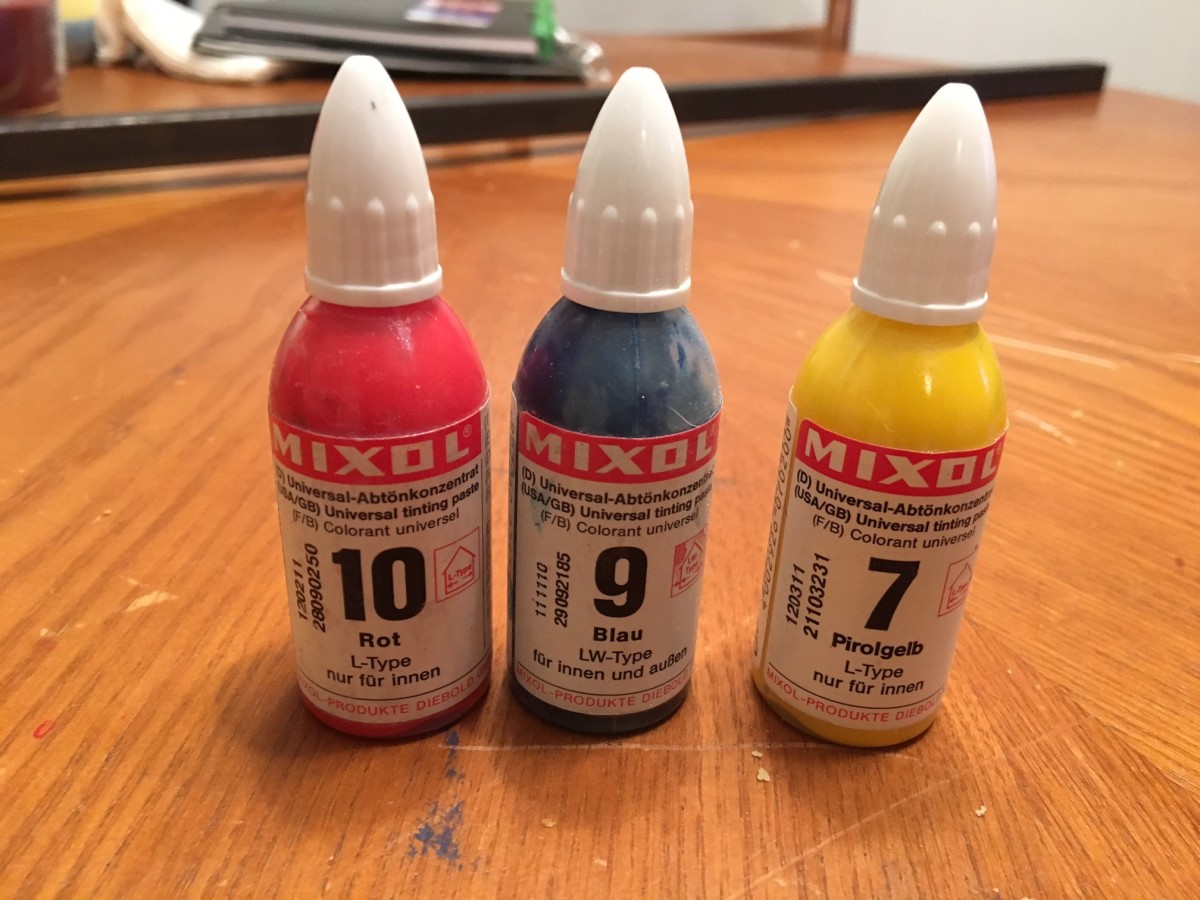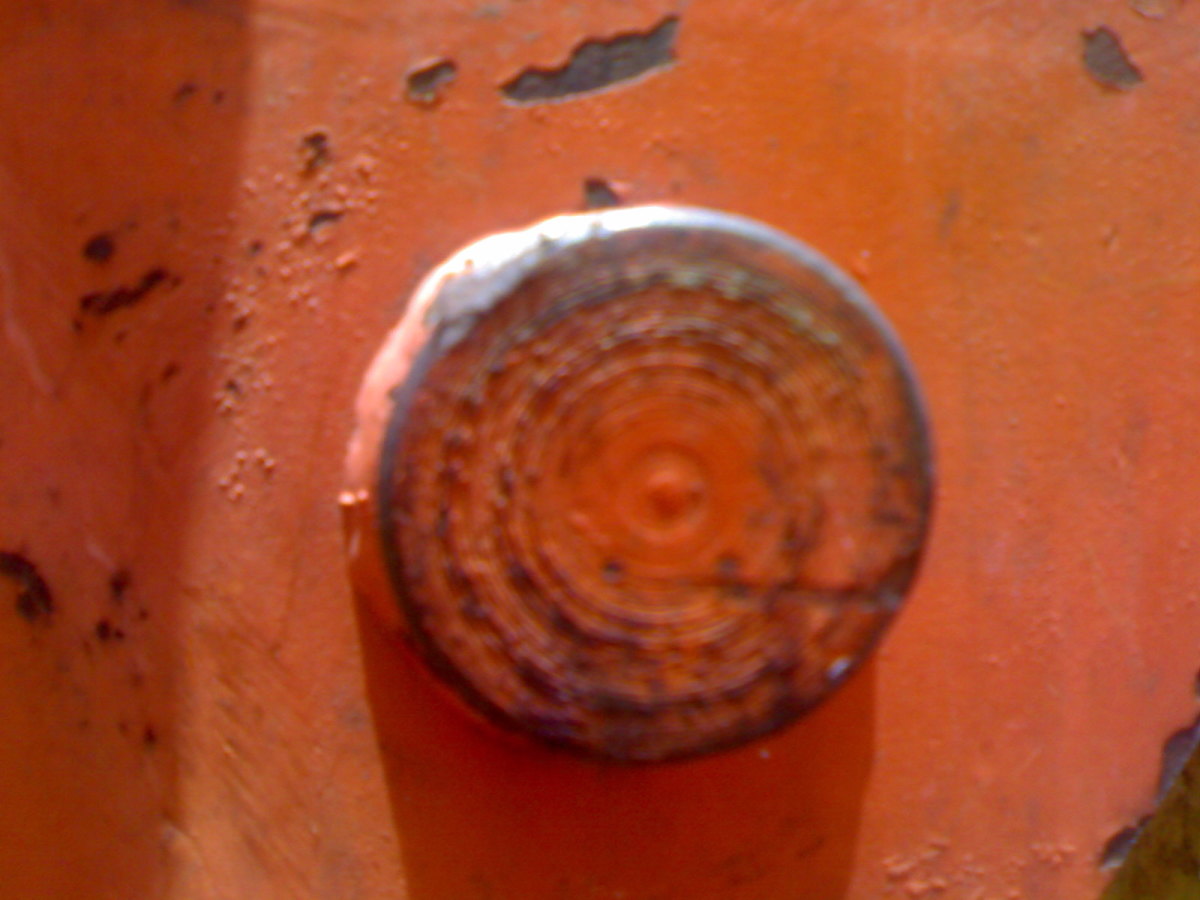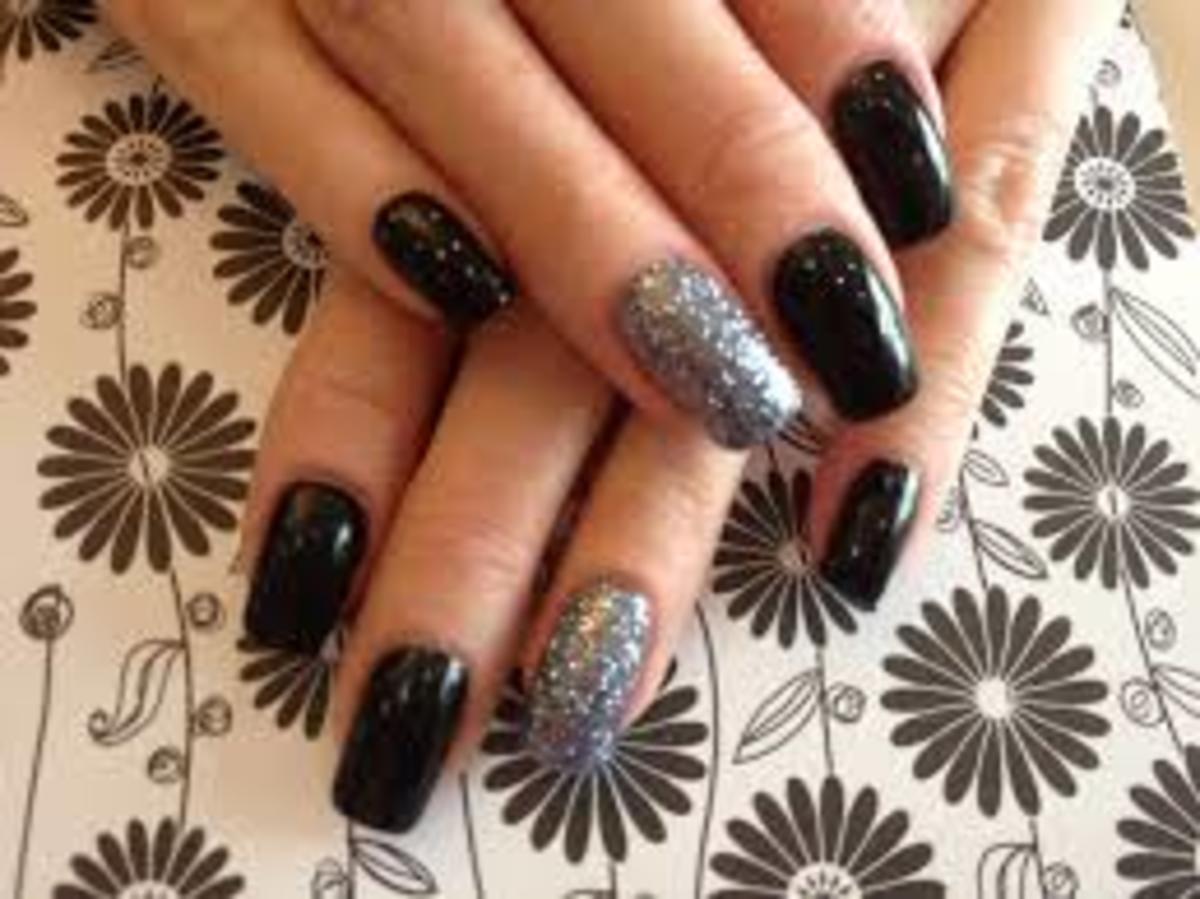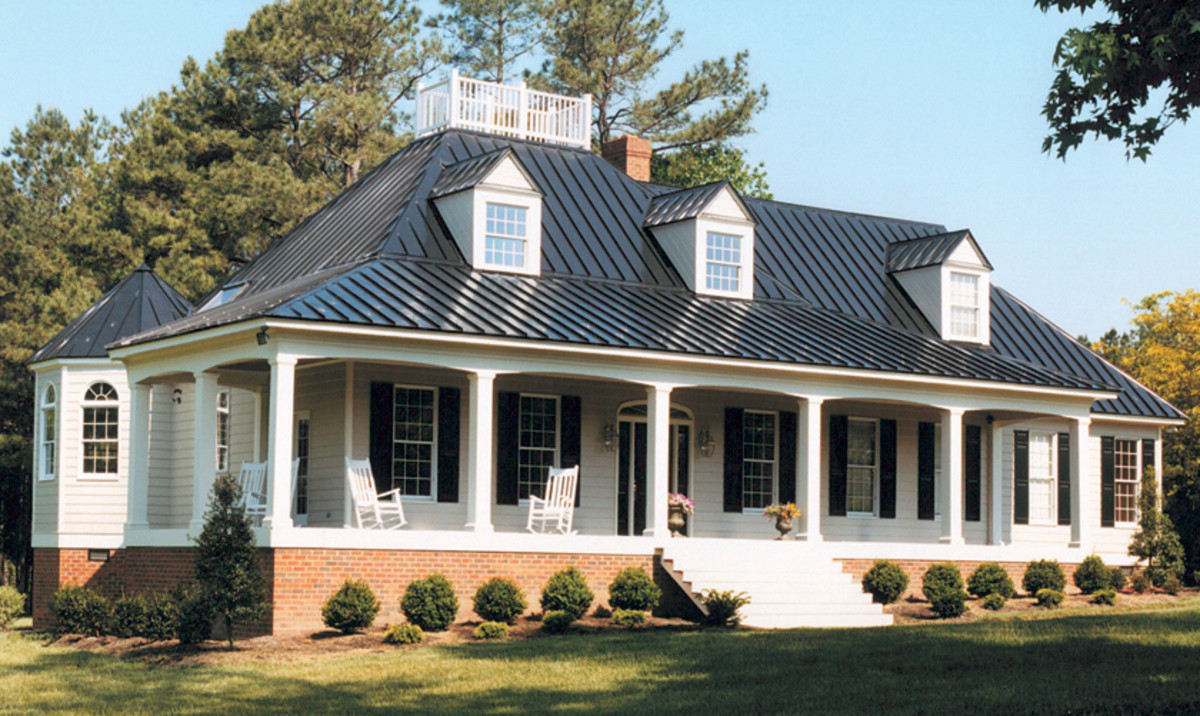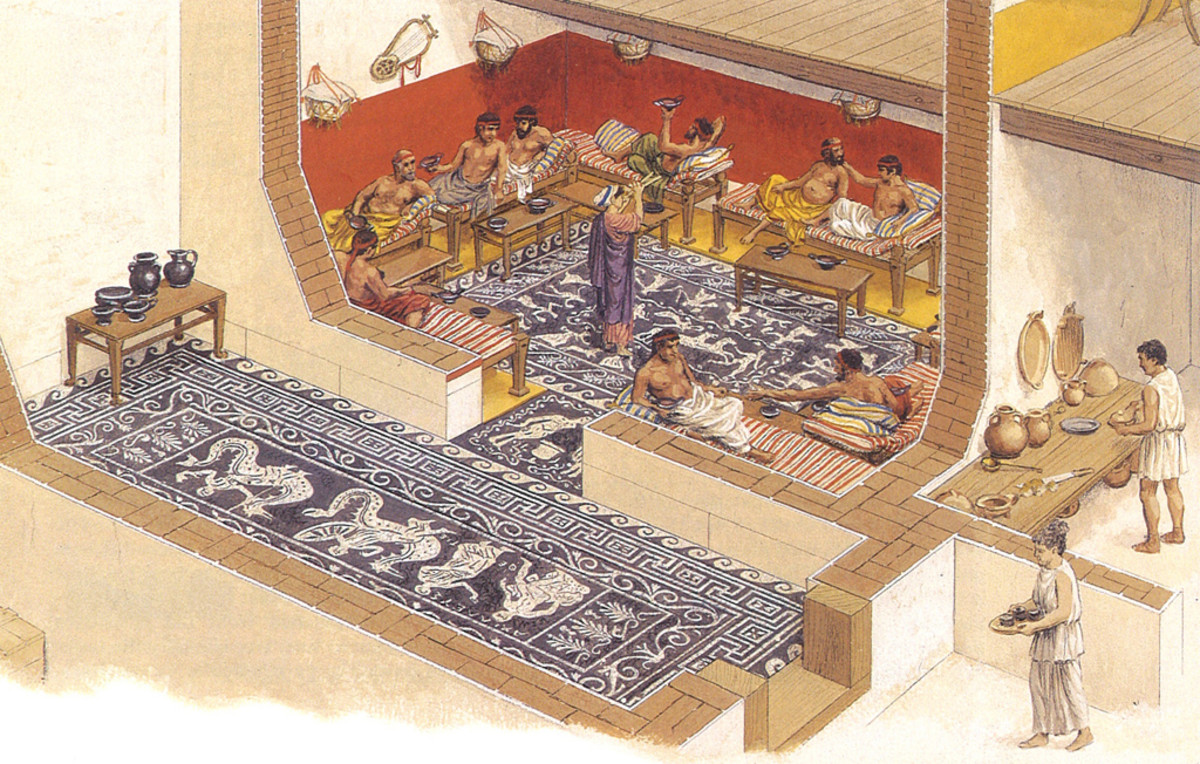Powder Coating: The Green Finish
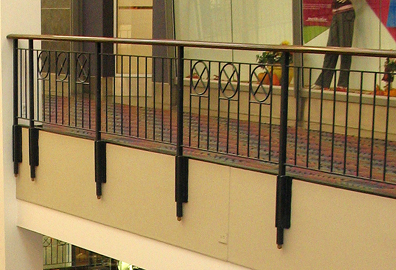
Tired of that really smelly enamel you last used on the lawn furniture? Wish there was a better environmental solution to those leftover paint cans in your garage? Let this architect show you why powder coating is the green finish for tomorrow.
We all know too well the limitations of liquid paints, varnishes, shellacs and enamels. The first of these is their fragrance, which is usually rather strong, and also usually a pretty good indicator of their off-gassing, or emanating as they dry, volatile organic compounds (VOCs). VOCs are so-called because they are not only truly volatile — flammable, combustible or explosive — but also potentially harmful to humans, particularly those with any type of breathing limitations or difficulties. Another shortcoming of liquid coatings is the waste or reclamation issue. How does one safely, and in an environmentally conscious fashion, dispose of ½ pint of unused paint? How can one reclaim that leftover half-gallon of a specially mixed color?
In many instances, powder coating can provide an improved alternative to applied liquid coatings. First developed as an industrial coating in the 1960s, powder coating has in the past several decades become a much more popular finishing method for manufacturers. The growth of powder coating has been propelled in part by the VOC controls incorporated into 1970’s Clean Air Act, but also by consumer awareness of concerns over pollution, air quality and consumer health. While powder coating requires similar material and equipment costs to liquid coating, it can provide substantial savings through material efficiency, reduced energy and labor, and decreased waste and disposal. Find even more at rickzworld.
What is powder coating? Powder coating is the process by which a finely ground mixture of pigments and resins is electrically charged, then sprayed onto an oppositely-charged product. The mixture bonds electrically to the product, then both are heated to cause the mixture’s fusion and curing into a uniform durable coating. Hardening agents in the mixture enhance the chemical and mechanical bonding of ingredients to strengthen the final coating. Additives may also be used to modify the powder coating for a particular use, performance feature or aesthetic quality. Crucial to the eventual performance of the powder coating finish is the preparation of the product or substrate. This preparation is typically called pre-treatment, and involves careful cleaning and rinsing to insure that the new organic coating can fully and properly bond with the inorganic product or substrate.
Powder coatings may be categorized by the resin used as their base. Some of the most popular resin bases are fluoropolymers, polyesters, polyester-urethanes, polyester-epoxies, epoxies and high-strength polyesters. These resin bases vary in such properties as their level of UV protection, corrosion resistance, mechanical properties, chemical resistance and tendency to chalk.
The typical applications of powder coating in architecture and construction are: metal components of building façades and window systems; handrails and guardrails; ceiling panel systems; louvers; light fixtures; furniture; small metal fabrications; and playground equipment. However, recently powder coatings have spread from metallic components to those of plastic, ceramic, glass and even wood.
The benefits of powder coating as a finishing process are most often seen in a number of key areas:
Environment. With little or no release of VOCs, powder coating is much more friendly than liquid coating to applicators, end-users and the planet. Powder coating plants need not maintain burdensome pollutant control systems. Waste of material and process clean-up are both reduced, as are energy costs.
Economy. Powder coating has greater material efficiency or ‘coverage’ than liquid coating, through decreased waste and no evaporative loss. With lessened curing and drying times, powder coating also consumes less time and energy, and allows for lower labor and overhead costs.
Finish. The quality of finish of powder coated products will often, if not always, exceed that of liquid coated products. In a single coat, powder coating can produce a thicker, more durable and more consistent coating than liquid coating can throughout multiple coats. And, because of the chemical properties of powder coating, that coating will also exhibit much better mechanical properties against cracking, crazing, and release.
- Green Painting
Environmentally Friendly Paint - Agricultural Fiber Panels in Architecture
Hay and straw into homes? by rlz Sure, you’ve heard the tale of the three little pigs, and how one of them decided to build his house of straw. But did you ever think that you might someday build a house of straw? And be practicing... - Sustainability: Green Roofs
Green roofs roofs that consist in part of plant material are called green, meaning environmentally friendly, for a variety of very important reasons. - Insulated Metal Wall and Roof Panels
Insulated metal panels at work. by rlz A component for walls and roofs that is finding increasing popularity among architects and builders is the insulated metal panel, or IMP. At its most basic, an IMP is simply some form of insulation sandwiched... - Selecting a Green Appliance
We could all live in a bit greater harmony with the planet if we should choose green appliances in the future. - Insulated Concrete Forms in Design and Construction
Use these to speed and simplify construction, while adding insulative quality. - Bronze Architectural Hardware: A Sustainable Alterna...
For many designers, architects and end users, bronze is the metal of distinction for fine residences.

